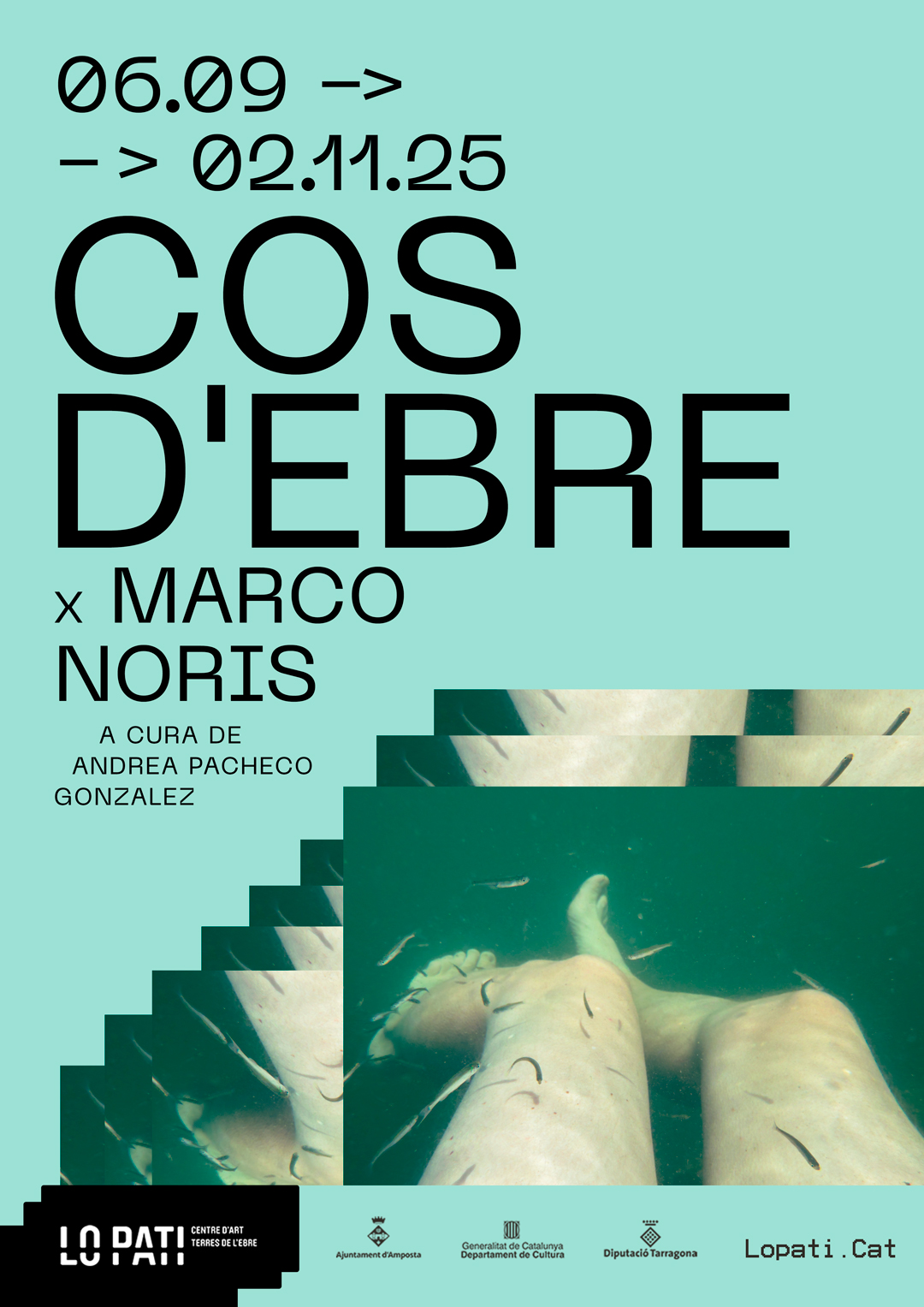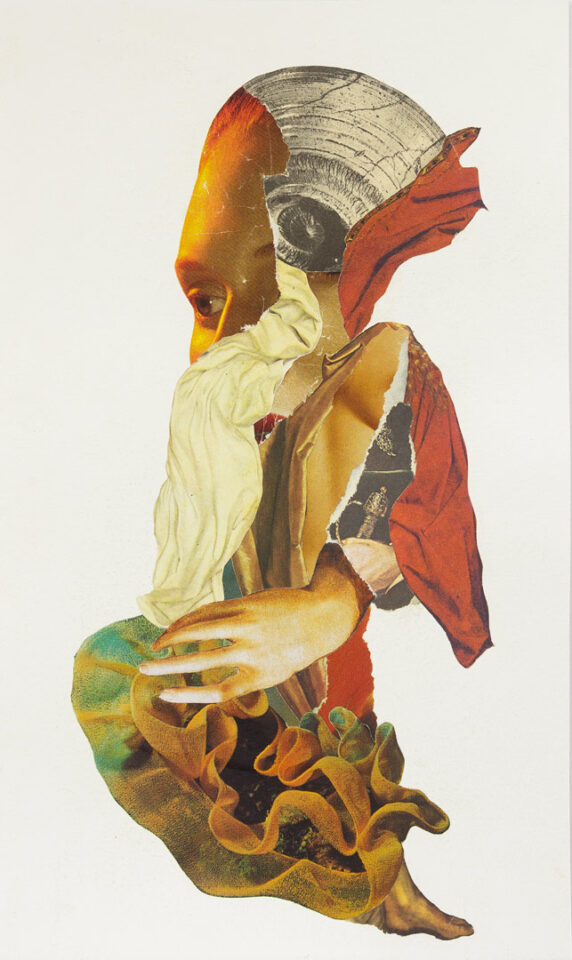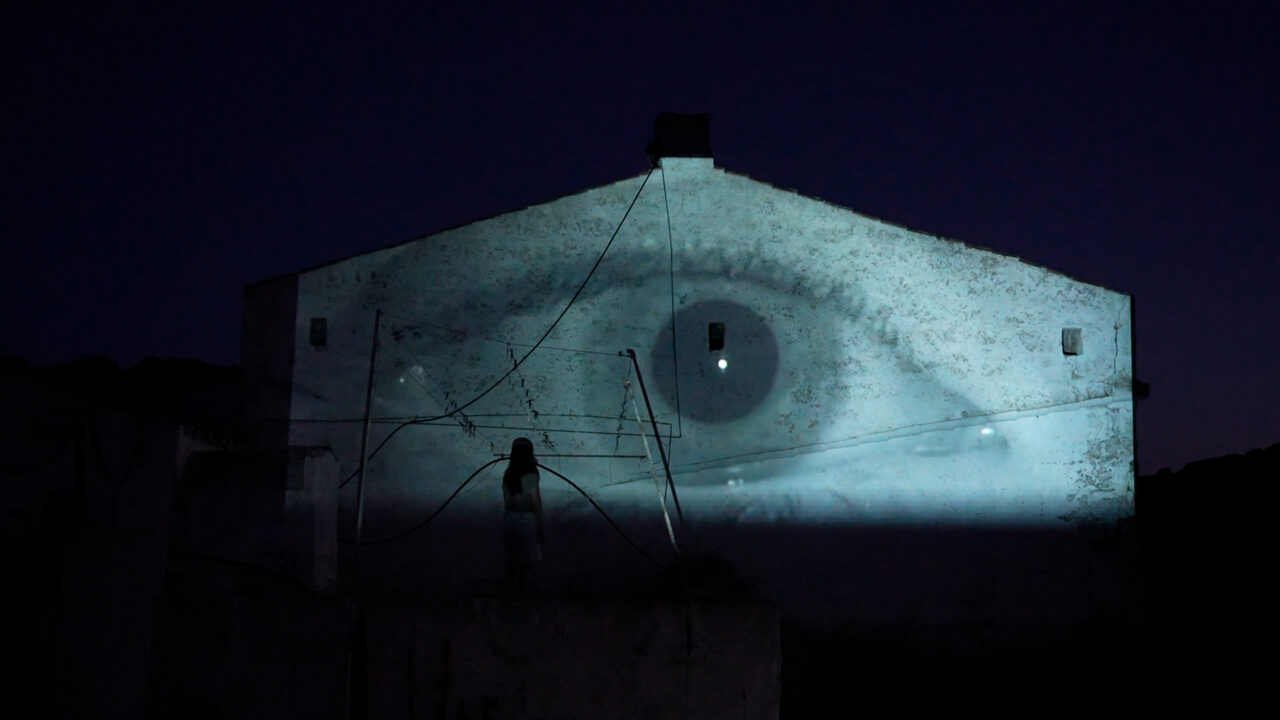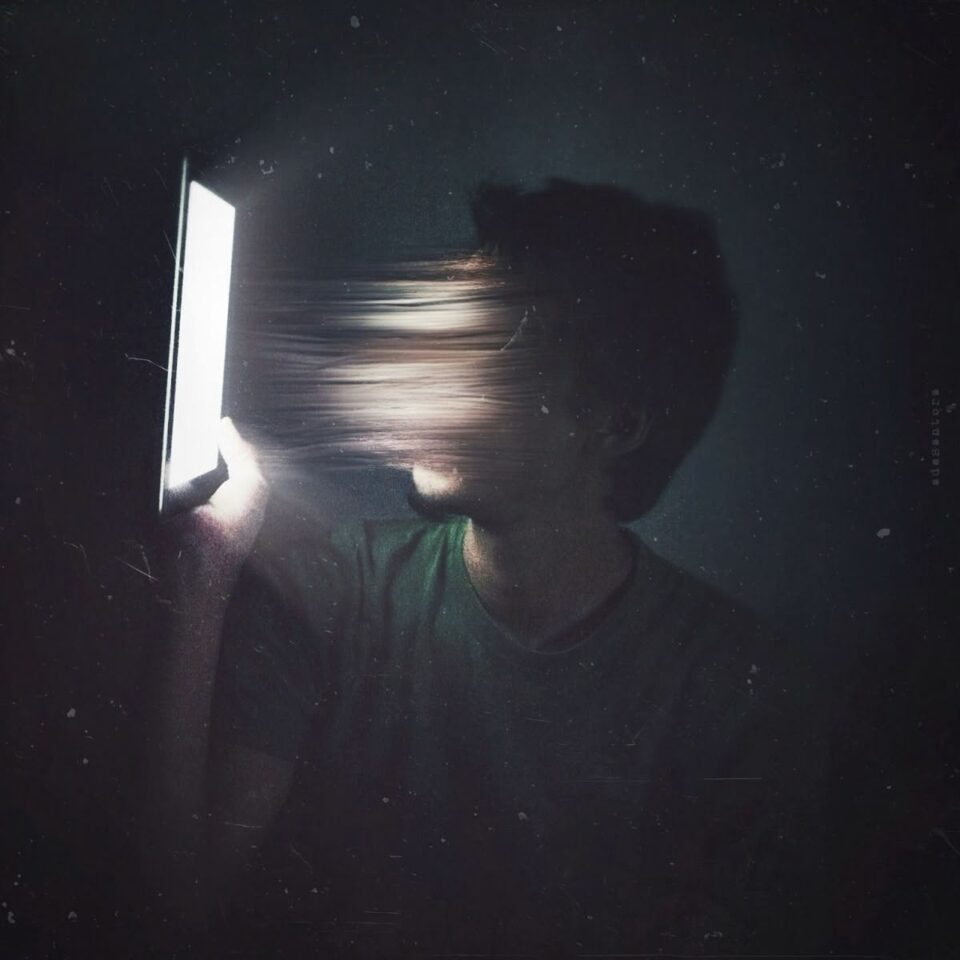The River as living body, border and archive: Marco Noris Presents Cos d’Ebre in Amposta

Celeste Reyna and Andrea Pacheco González at the exhibition opening
Cos d’Ebre, the new project by Italian artist Marco Noris, will reach its peak with an exhibition at the Centre d’Art Lo Pati — Centre d’Art Terres de l’Ebre in Amposta. On Saturday the 6th, the show will open, based on a walking journey of more than eighty days and nearly 1,200 km tracing the Ebro River from end to end. Noris himself completed the trek between April and July, accompanied by psychoanalyst Celeste Reyna, a collaborator on the project. This physical and symbolic journey from the river’s source in Fontibre (Cantabria) to its delta (Catalonia) not only forms the core of the research, but also transforms walking into an artistic practice and research tool, activating a “real-time” reading of the territory and engaging with geography, history, and collective memory.

Stones from the source of the Ebro with ceramic piece
Cos d’Ebre approaches the river as a living body, political and cultural frontier, and archive of memories and conflicts. Along the route, Noris collected drawings, texts, photographs, sounds, found objects, and testimonies, weaving together a plural narrative that captures the complexity of the river landscape and the communities that inhabit it. After completing the journey, the artist settled at the Baladre artist residency in the Ebro Delta, managed by Lo Pati, where he organized the accumulated material and prepared the multidisciplinary exhibition, curated by Andrea Pacheco González, a Chilean curator whose work has focused on artistic practices addressing memory, identity, diaspora, and territory.

Audiovisual triptych
The exhibition is structured into several thematic spaces that explore the Ebro’s relationship with the landscape, historical memory, administrative borders, ecological conflicts, and collective imaginaries. Visitors will be able to see, for instance, an audiovisual triptych with footage recorded during the trek, presented as a chronological journey that shows the river and surrounding towns in their entirety. The project also includes a series of watercolors made with water from the Ebro; canvas paintings evoking the colors of the Delta; a selection of soils from the riverbed (including soil from the fire in Paüls, Xerta, and Aldover); as well as a ceramic pitcher and four maps illustrating parts of the artist’s route, which were part of a previous exhibition called Sequere, centered on the Segre River. The maps have been loaned by the National Collection of Contemporary Art of the Morera Museum of Modern and Contemporary Art in Lleida. The show also features a display of waters, books, photographs, travel journals, organic materials, stones, and found objects.

Canvas paintings made with water from the Delta
Thanks to a temporary loan from the Archaeological Museum of Tarragona, Cos d’Ebre will also include a fragment of marble from a figurative representation of the Ebro. This sculpture, recovered in the 19th century from the remains of the Roman city of Tarraco, preserves a pedestal with an inscription dedicated to the river, alongside a male right foot from a statue that likely represented its personification. The piece, by an unknown artist, follows the Hellenistic tradition of considering rivers as deities that can be represented in human form.

Fragment of marble sculpture depicting the Ebro River
The project will also include parallel activities such as guided tours, school workshops, and actions in the territory, with the aim of fostering active dialogue with the local community. According to Andrea Pacheco, Cos d’Ebre “directly addresses the notion of sustainability from a critical and poetic perspective. It is not just a project about the river, but an artistic gesture that makes it speak, traverses it, and listens to it as a historical and political body.”
Marco Noris (Bergamo, 1971) is an Italian visual artist based in Barcelona, whose practice spans painting, drawing, video, and photography. For years, he has focused his work on historical memory, territory, landscape, and walking as a tool for aesthetic and reflective inquiry. He co-founded La Escocesa and has held residencies at art production centers such as Hangar and Piramidón. His work is part of the National Art Collection of Catalonia.




